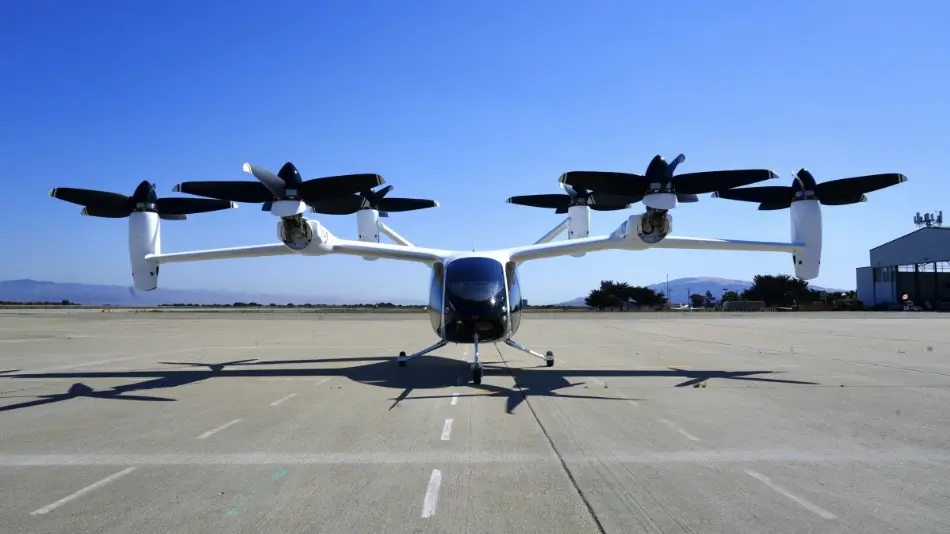A Chinese authority has issued the first permit for autonomous passenger drones, clearing the way for the use of flying taxi services.
The Civil Aviation Administration of China on Saturday granted air operator certificates to EHang Holdings and Hefei Hey Airlines, allowing the two companies to operate unmanned passenger flights, the South China Morning Post reported.
The certification of the companies’ autonomous flying taxis is the latest in a series of permits needed to launch flying taxis, which also require approval for production and airworthiness. The move is part of a government-led push to expand low-altitude aviation innovations, including drones and blimps.
China’s Xinhua News Agency reported on Sunday that EHang Holdings and Hefei Hey Airlines have received full certification to operate passenger-carrying flying vehicles.
The certification allows both companies to launch flying taxi services, starting with short-haul routes primarily for tourism and later expanding to larger networks. While the aircraft built by the companies will be autonomous, they will still have to meet strict safety, maintenance, and operational standards.
In July 2024, the review process began when Guangzhou-based EHang announced that the CAAC had begun reviewing its application for a license to manufacture domestic flying cars.
According to a report by research group Hurun, China’s low-altitude economy will be worth 1.5 trillion yuan (US$207 billion) by 2025 and nearly double by 2035, but it is currently one of the fastest-growing industries in the country.
But while Chinese companies such as EHang and Feihang Aviation, as well as traditional automakers like Xpeng and Geely, are treading this path, they also face competition from international companies such as Boeing, Airbus, and Brazilian firm Embraer, which have moved to capitalize on demand.
EHang founder, chairman, and CEO Hu Huazhi said, “We are one step closer to realizing our goal of commercially managing unmanned passenger-carrying aerial vehicles, representing the last stage for urban air mobility entering the consumer market.”
The success of Ehang and Hefei Hey will determine how quickly the technology can launch in China. Any vehicle must pass CAAC’s tests for human safety and airworthiness.
The success of Ehang and Hefei Hey will determine how quickly the technology can launch in China. Any vehicles must pass CAAC’s tests for customer safety and airworthiness.
Source: Newsweek


